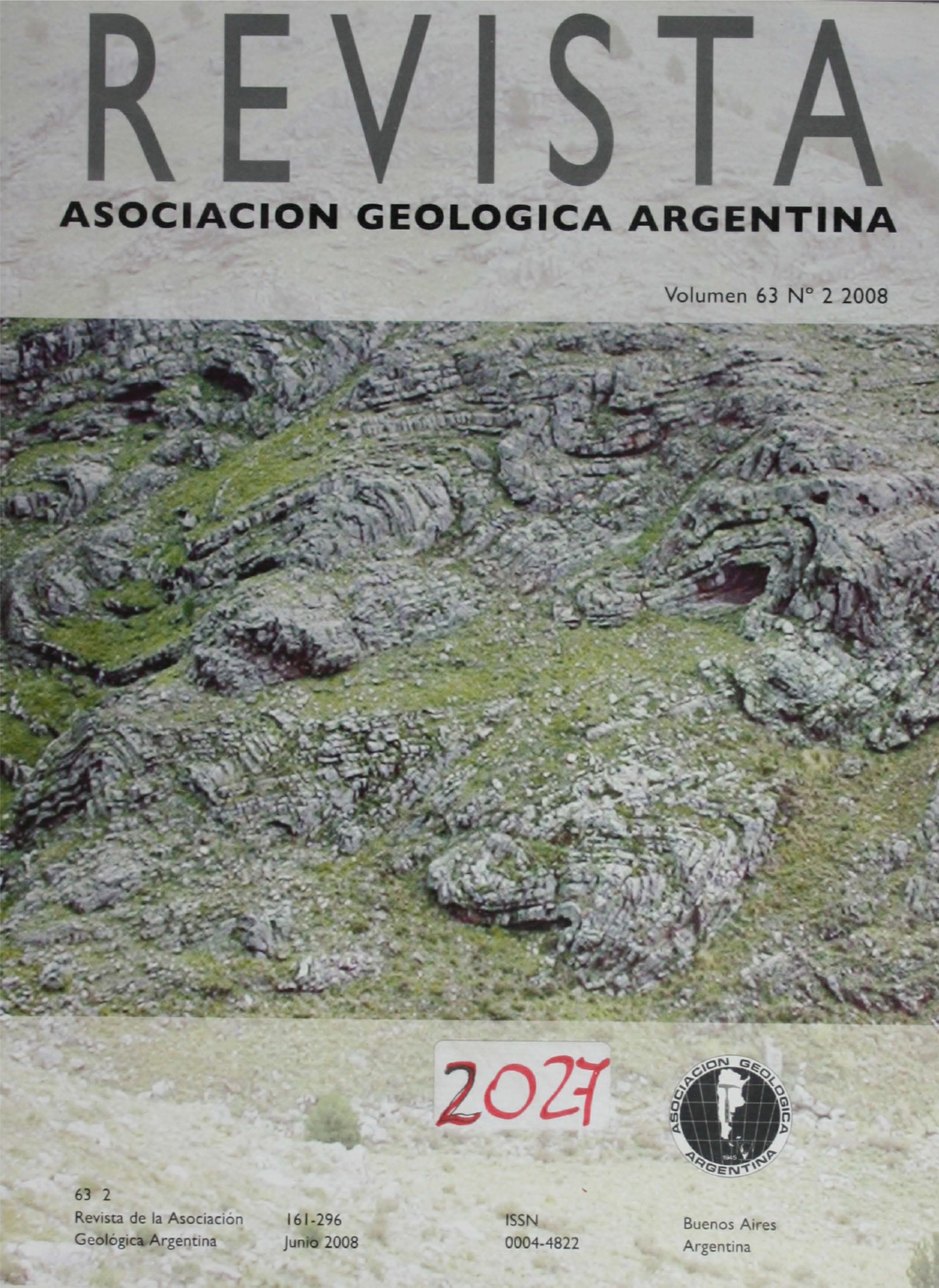Mass wasting and catastrophic collapse of natural dams in the Andean orogenic front (36º-38ºS): The Navarrete and Río Barrancas case studies
Main Article Content
Abstract
A high concentration of rock avalanches, most of them resulting in natural dams, is possible to recognize in the Andes of the northern Neuquén. In landslide dams the most probable evolutionary process corresponds to their early collapses. Paleoshorelines, deep and narrow breaches, and outburst flood deposits permit to rebuild the characteristics of the related lakes. The last glaciation in this region, have created steep slopes and physical rock weathering. These facts determined an increase in the susceptibility to slope failure triggered by seismicity and precipitation. The distribution of rock avalanches seems to be related to the interaction between young deformation and the glacial valleys. The Aguas Calientes backthrust in the Pichi-Neuquén valley is associated with Pliocene to Quaternary growth-strata, and probable seismic triggered liquefaction of sediments in the Colorado creek, and has evidence of neotectonic activity in the entire study area. The aim of this work is to compare the Río Barrancas and Navarrete rock avalanches, with special emphasis in the last one, and establish similitude in their triggering factor (probable seismic activity) and geomorphic environment. The Río Barrancas dam has collapsed (due to an increase in the water influx into the lake) after 2,200 years of existence. For the Navarrete case, the age of slope failure and causes of the collapse of the natural dam are still unknown. The presence of a debris flow in the eastern margin of the lake, and the similar altitude between the paleoshoreline and the top of the dam, would permit to propose two different scenarios.
Article Details

This work is licensed under a Creative Commons Attribution-NonCommercial 4.0 International License.
Nota de copyright
Los autores conservan los derechos de autor y garantizan a la revista el derecho de ser la primera publicación del trabajo licenciado según una licencia de atribución Creative Commons que permite a otros compartir el trabajo con el reconocimiento de la autoría y de la publicación en la que se publicó por primera vez.
Declaración de privacidad
Los nombres y direcciones de correo electrónico introducidos en esta revista se usarán exclusivamente para los fines declarados por esta revista y no estarán disponibles para ningún otro propósito u otra persona.

